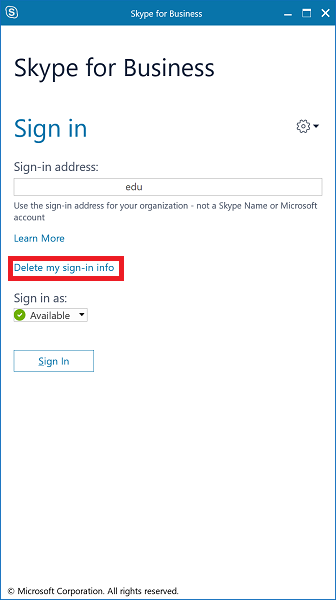
Skype for business is used for large business meetings. You locate the app in the finder or by clicking applications.ĭrag and drop the software application into the trash folder. You have successfully uninstalled skype for business. Under the Programs option, click on uninstall a program.įrom the application, list select Skype for business, and in the menu bar, click on uninstall. To uninstall Skype for business in window 7, you need to follow the below steps:Ĭlick on start now click on the control panel in the left list. #4: How to Uninstall Skype for Business in Windows 7? setup.exe /configure configuration.xmlĬlose all running applications, and close the prompt when the procedure got finishes.ĭelete the extracted folder from C. Wait a Lil bit and then type this command. Run command prompt as Admin and Go to the extracted folder. If you are using the 64-bit system, you have to change =”32″ to =”64″.Now save the file. Now replace the file data from the following code. You will find a file name configuration.xml in that folder. P.S.Select a folder in the C directory to extract these files into that folder, for example, c:/skype16. This configuration works for me, the only negative is that when you start deleting Skype for Business, the removal process closes all office products. I create an XML file as Microsoft: īut this constantly leads to an error._ Hi everyone, I'm new to this, but can anyone help me, I need to delete Skype for business without deleting office 365 apps from 1000 + PC via SCCM, I try to do it via format, but for some reason nothing works, this is how I do it. As a general rule, if someone has flair, they almost definitely know what they're talking about. Microsoft employees typically have MSFT Official flair, and MVPs usually have MSFT Enterprise Mobility MVP with a link to their personal site/blog.Please send mod mail if you qualify and would like flair set for your account. Flair is reserved for Microsoft employees and MVPs.System Center Configuration Manager and Endpoint Protection.Listing of Local ConfigMgr-related User Groups (largely outdated) URL shorteners cause this almost every time, but so do strings of apparent gibberish like WSUS and PXE sometimes.


It might have been caught by the spam filter. Post your SCCM tips and tricks, requests for help, or links others might find useful! Post not showing up?


 0 kommentar(er)
0 kommentar(er)
